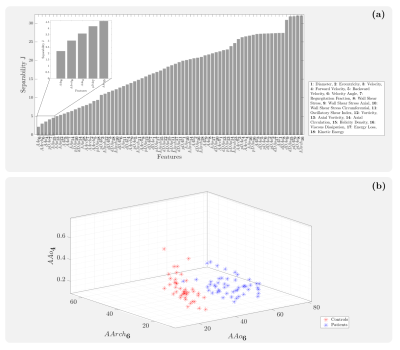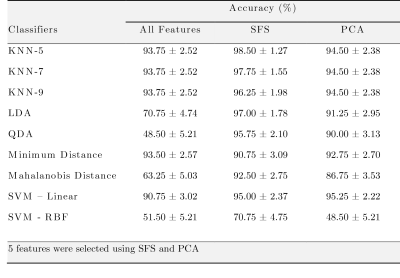Pamela Franco1,2,3, Julio Sotelo1,3,4, Lydia Dux-Santoy5, Andrea Guala5, Aroa Ruiz-Muñoz5, Arturo Evangelista5, José Rodríguez-Palomares5, and Sergio Uribe1,3,6
1Biomedical Imaging Center, School of Engineering, Pontificia Universidad Católica de Chile, Santiago, Chile, 2Electrical Engineering Department, School of Engineering, Pontificia Universidad Católica de Chile, Santiago, Chile, 3Millennium Nucleus for Cardiovascular Magnetic Resonance, Santiago, Chile, 4School of Biomedical Engineering, Universidad de Valparaíso, Valparaíso, Chile, 5Department of Cardiology, Hospital Universitari Vall d’Hebron, Vall d’Hebron Institut de Recerca (VHIR), Universitat Autònoma de Barcelona, Barcelona, Spain, 6Radiology Department, School of Medicine, Pontificia Universidad Católica de Chile, Santiago, Chile
1Biomedical Imaging Center, School of Engineering, Pontificia Universidad Católica de Chile, Santiago, Chile, 2Electrical Engineering Department, School of Engineering, Pontificia Universidad Católica de Chile, Santiago, Chile, 3Millennium Nucleus for Cardiovascular Magnetic Resonance, Santiago, Chile, 4School of Biomedical Engineering, Universidad de Valparaíso, Valparaíso, Chile, 5Department of Cardiology, Hospital Universitari Vall d’Hebron, Vall d’Hebron Institut de Recerca (VHIR), Universitat Autònoma de Barcelona, Barcelona, Spain, 6Radiology Department, School of Medicine, Pontificia Universidad Católica de Chile, Santiago, Chile
The clinical significance of BAV disease justifies the need for improved clinical guidelines. Medical imaging has demonstrated the existence of altered hemodynamics. We present a machine learning method consisting of a feature selection mechanism to classify accurately to identify them.

Figure 1. Features selection using SFS and exhaustive search:
(a) Sequential forward selection. There are five selected features, and they
correspond to Velocity Angle in AAo, Velocity Angle in AArch, Forward Velocity
in AAo, Regurgitation Fraction in pDAo, and Helicity Density in AAo. (b)
Feature Space in 3D. The selected features are certain hemodynamic features. We
can see that the separability is ‘good’ between both classes (volunteers and
BAV patients).

